Taxonomy – The science of naming, identifying, and classifying organisms. It is the universal system which describes and groups living things based on DNA, physical, and structural evidence.
The Purpose of taxonomy:
- To identify organisms
- To provide a basis for grouping based on relationships
History of Taxonomy:
Carl Linnaeus (1707-1778) developed the first system of classification based on an organism’s physical and structural features. He:
- Introduced the hierarchy of class, order, genus, species.
- Was the first to use binomial nomenclature (scientific naming) consistently
- Created workable “keys” to identify plants and animals from his works

The classic system splits all living things into 5 categories called “Kingdoms.”
- However, due to the nature of biology, taxonomy and groupings are constantly changing.
- This is due to the development of microscopes and other tools and the ability to analyze genetic material.
Fun Fact!
Dimetrodon is a protomammal constantly confused for a dinosaur and classified incorrectly as a reptile! You can even buy dinosaur toys and candy that includes Dimetrodon!
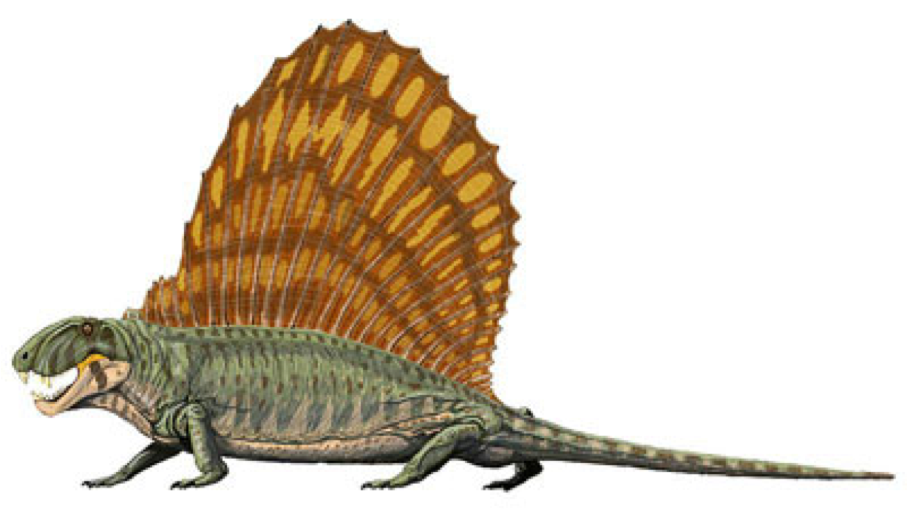
B. Different Systems of Taxonomy
Traditional Five Kingdom System: Places all prokaryotes (organisms without nuclear membranes) in a single Kingdom Monera, and puts multicellular life into three branches: plants, fungi, animals. Protista is a group for others that don’t fit anywhere else:(
Three-Domain System: based on modern molecular evidence. Domain is a Superkingdom to that shows extremely ancient lineages that existed among unicellular life and groups eukaryotic organisms all together.
The most modern system taxonomy is the three-domain and six-kingdom system.
- The five kingdom system has been replaced due to DNA evidence.
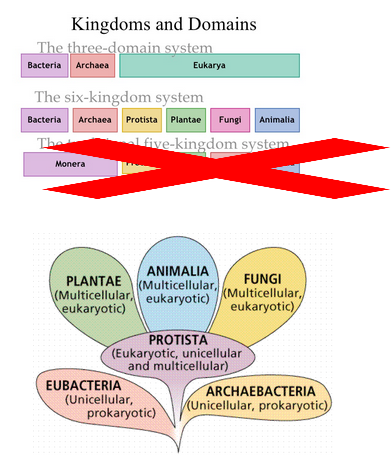
C. Defining Features of Domains and Kingdoms
Domain Archeabacteria – Unicellular, Prokaryotic cell, No peptidoglycan (sugar) in cell wall
Domain Eubacteria – Unicellular, Prokaryotic cell, Peptidoglycan in cell wall
Domain Eukarya – Eukaryotic cell

Kingdoms:
- Kingdom Archeabacteria – Unicellular, Prokaryotic cell, No peptidoglycan (sugar) in cell wall (Is a domain and a kingdom!)
- Kingdom Eubacteria – Unicellular, Prokaryotic cell, Peptidoglycan in cell wall (Is a domain and a kingdom!)
- Kingdom Protista – Eukaryotic organisms that can be unicellular or multicellular. Can be animal-like, plant-like, or fungi-like
- Kingdom Plantae –Eukaryotic, photosynthetic autotrophs (make their own energy) , multicellular.
- Kingdom Animalia – Eukaryotic, heterotrophs (must consumer energy), multicellular
- Kingdom Fungi – Eukaryotic, saprotrophic decomposers (eat dead matter outside their body), multicellular.
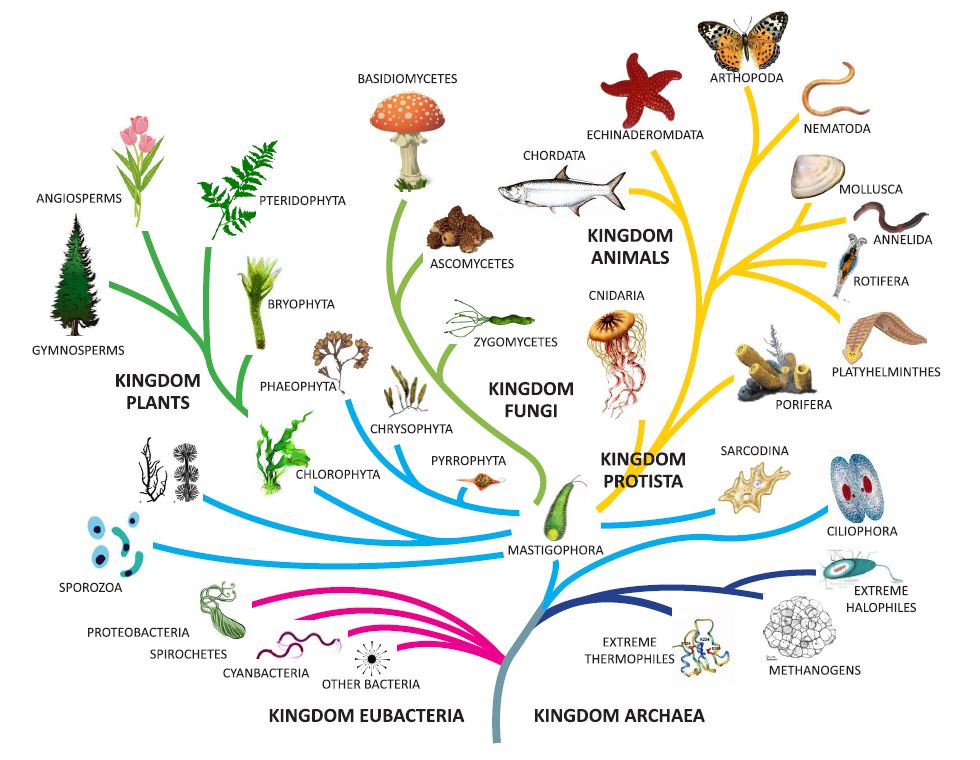
Note: We will learn about each Kingdom in more detail and define words like autotroph, heterotroph, eukaryotic, and prokaryotic in more detail as we move through the course. But just a quick breakdown:
Autotroph – an organism that makes its own energy
Heterotroph – An organism that gets its energy by “eating”
Prokaryotic Cells – Simple cells with no nucleus and no organelles (bacteria)
Eukaryotic Cells – Larger cells with a nucleus and organelles such as mitochondria (animals, plants, fungi protists)
Basics of the system:
Each category in the system has its own name and organisms are organized into these categories based on their features.
- Each “level” becomes more specific until there is only one organism in a category – this is the species level.
Ex. Think of your closet and all your clothing. You could divide them into groups like pants, tops, underwear, etc. Then subdivide each pile into smaller groups: tank tops, long sleeves, T-Shirts, etc. As you keep dividing based on more specific details, you are them with a single piece of clothing.
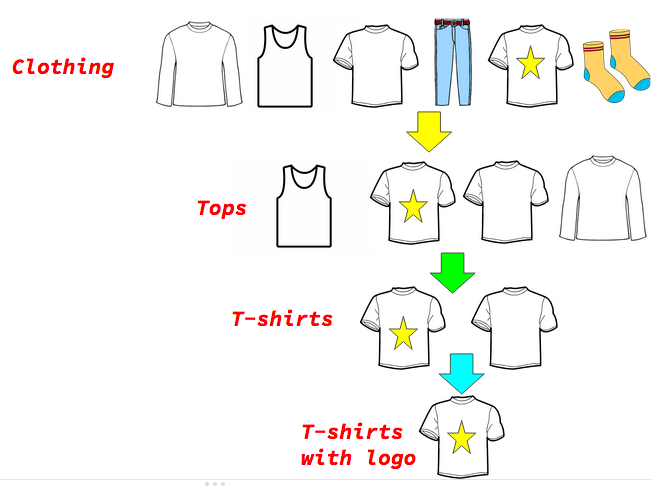
Levels of organization:
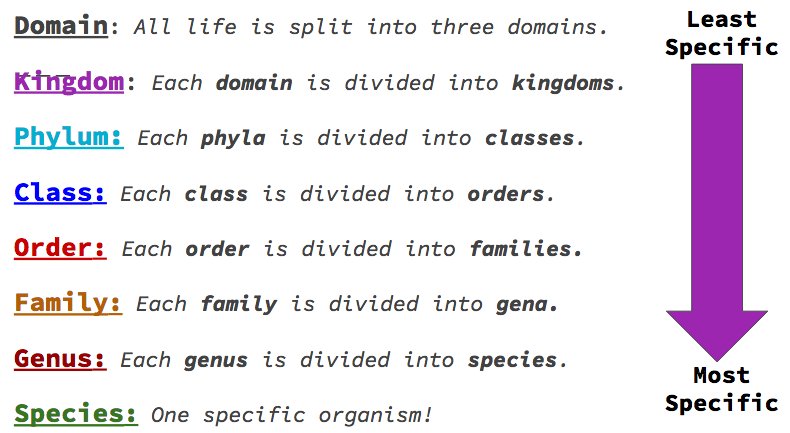
An example using bears:

Learning Strategy: Using Mnemonics to remember sequences
Mnemonic Device – A system that can help us remember the order or connections for something.
The order (from least specific to most specific): Domain, Kingdom. Phylum, Class, Order, Family, Genus, Species
DKPCOFGS – This is hard to remember! But creating a memorable sentence can help us retain the sequence!
“Dear King Philip Came Over For Good Sex”
“Do Kings Play Chess On Fine Green Silk?”
“Dumb Kids Playing Cards On Freeway Get Smashed”
D. Scientific Naming – Binomial Nomenclature
The scientific names for individual organisms is the name of the genus they belong to and the species.
- Format is Genus species
- Ex. Humans have the genus – homo and the species – sapien. Our scientific name is Homo sapien
E. Quick Summary
- Linnaeus created a classification system in the 1700s based on organism characteristics.
- Many of the groupings still hold up today, but taxonomy is constantly changing due to new technology (especially DNA)
- The 3 domain and 6 kingdom system is the most modern
- The system goes: Domain, Kingdom, Phylum, Class, Order, Genus, Species
- Binomial nomenclature = scientific name (Genus species)
Review Questions:
- What 4 Kingdoms fit into Domain Eukarya?
- Canis lupus is the scientific name for the grey wolf. What is the species name for the grey wolf? What is the genus?
- The term “cavemen” could refer to Homo neaderthalensis. Is Homo neaderthalensis in the same species as humans? Is Homo neanderthalensis in the same genus as humans?
- Which of two of the three organisms must be more closely related?
a. Ursus americanus (Black bear)
b. Ursus maritimus (Polar bear)
c. Ailuropoda melanoleuca (Giant Panda bear)
- Create a mnemonic device to remember the order of the 8 different levels of taxonomy. Domain, Kingdom, Phylum, Class, Order, Family, Genus, Species.
Dichotomous Keys
Dichotomous Key – a tool that allows the user to determine the identity of items in the natural world, such as trees, wildflowers, mammals, reptiles, rocks, and fish.
Keys consist of a series of choices that lead the user to the correct name of a given item.
“Dichotomous” means “divided into two parts”. Therefore, dichotomous keys always give two choices in each step.
Table Form:
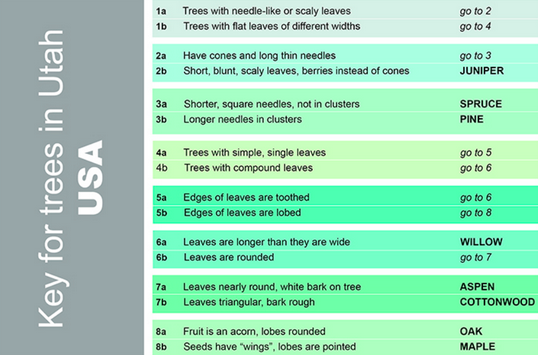
Flow Chart:
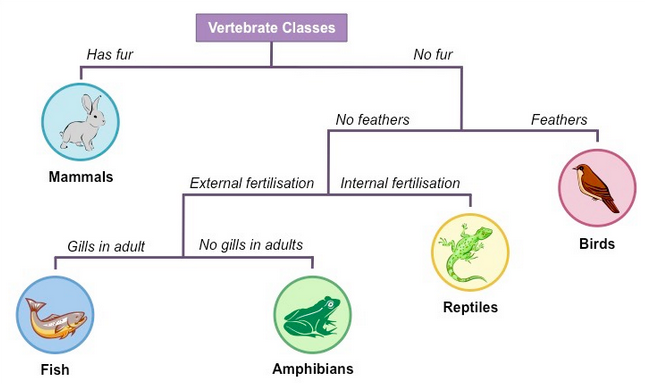
Assignment – Due Monday, September 16th at 4:00pm

Now that you have classified each candy down to “species” level you are going to need to create a dichotomous key for each candy!
- Things to consider: Each question OR statement should have two answers or pathways that send us to different questions to continue our identification process.
- Use your candy taxonomy tree to help you with ideas!
- One mark for each candy being correctly integrated into the key. Total of 10
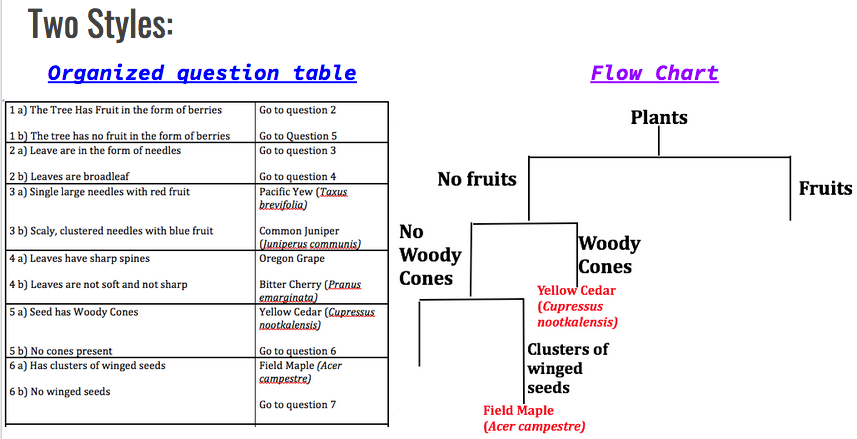
After the key is complete, Name each candy with binomial nomenclature (look at your taxonomy rules – Genus species). Be creative and funny – often these names reflect characteristics of the species:)
- Don’t forget – some candy might have the same genus! This will be worth 5 – half a mark for each name
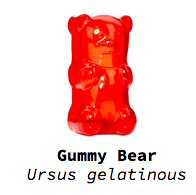
Marks Breakdown:
Each candy correctly integrated into a logical key – [10]
Each candy named with a common name and scientific name using binomial nomenclature – [5]
Neatness and organization – [2]
Total = /17
Comments by shaun pletsch